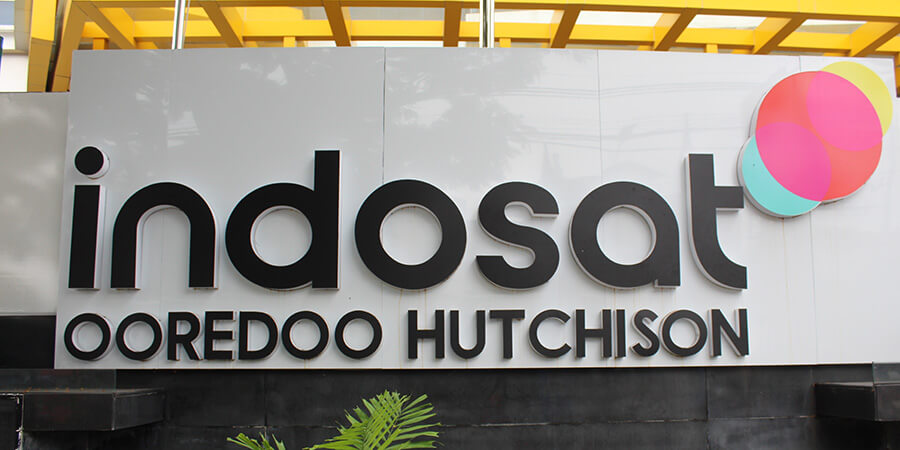The use of the 6GHz band in India for mobile telephony services remains unresolved despite the World Radiocommunication Conference 2023 reaching an agreement to open part of the band for International Mobile Telecommunications.
The 7025-7125MHz band will be immediately available in India and other Asian countries, while an additional 600MHz in the 6425-7025MHz band will be available in Europe, Africa, the Middle East, and some countries in Asia and South America.
However, a regulatory framework for all Asian countries to opt into this additional band will be created in four years. The use of the 6GHz band varies from region to region, with some countries delicensing the entire band for Wi-Fi and others using it for 5G and 6G.
India’s use of the 6GHz band is also partly being used by the Indian Space Research Organization for satellite operations. Indian decision-makers face varying pressures from different factions regarding the utilization of the 6GHz band. Some endorse its auction for 5G and 6G, while others advocate for delicensing to enhance Wi-Fi availability and promote affordable broadband penetration.
The Indian Department of Telecommunications has not yet identified the band for commercial mobile services, and the issue may not be resolved until the World Radiocommunication Conference 2027.
Notable 6GHz Benefits
The designated bands, such as the 7025-7125MHz band, immediately available in India and other Asian countries, promise enhanced mobile connectivity and improved communication infrastructure.
he agreed-upon allocation of the 6GHz band ensures a globally coordinated approach to spectrum usage. This can lead to better harmonization of technologies, reducing interference issues and enhancing the efficiency of mobile telephony services across borders.
The additional 600MHz in the 6425-7025MHz band, available in Europe, Africa, the Middle East, and certain countries in Asia and South America, contributes to regional availability. This facilitates regional cooperation and consistency in spectrum usage, fostering a more connected and integrated global communication landscape.
The flexibility in the use of the 6GHz band, varying from region to region, allows countries to tailor their approach based on specific needs. Some countries may choose to delicense the entire band for Wi-Fi, promoting widespread internet access, while others may opt for the deployment of advanced technologies like 5G and 6G, catering to evolving communication requirements.
The availability of the 6GHz band opens avenues for technological innovation, especially in the realms of 5G and 6G. This can lead to the development of cutting-edge applications, services, and industries, propelling India into the forefront of the global technological landscape.







